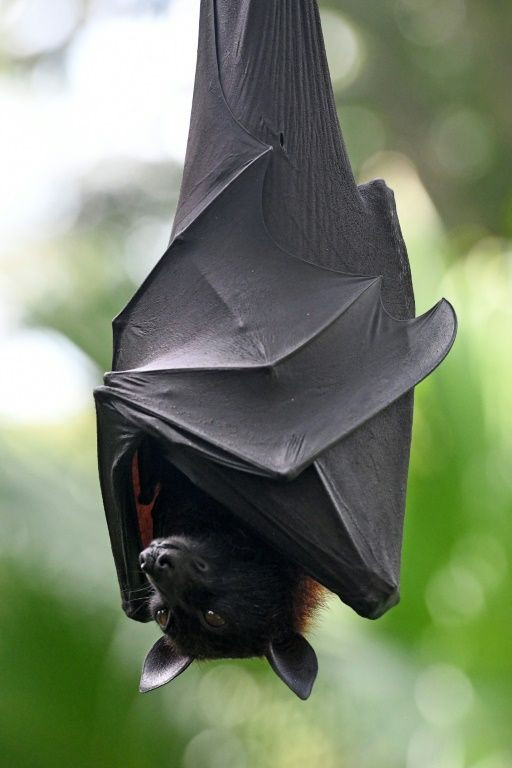Lost African Bat With 'Comical' Facial Features Rediscovered After 40 Years
KEY POINTS
- An international team of experts rediscovered the species
- The team also gathered valuable information about the bat
- It made the first recordings of the bat's echolocation call
A bat species with rather "comical" facial features has finally been rediscovered after 40 years of being lost to science. Experts are now working to protect the "critically endangered" bats.
Not a lot is known about Hill's horseshoe bat, a species endemic to Rwanda that hasn't been seen since 1981. The species was lost and feared extinct for decades since the last sighting. Earlier this month, an international team of experts from various organizations announced that it has finally rediscovered the species.
The efforts to search for Hill's horseshoe bat actually began in 2013, Bat Conservation International (BCI) noted in its news release. In January of 2019, the experts went on a 10-day expedition to the Nyungwe National Park, the only place where the species has previously been recorded, and captured a bat with the unique characteristics of the lost species.
"We knew immediately that the bat we had captured was unusual and remarkable. The facial features were exaggerated to the point of comical," Winifred Frick, BCI's Chief Scientist, said in the organization's news release. "Horseshoe bats are easily distinguishable from other bats by characteristic horseshoe shape and specialized skin flaps on their nose."
The measurements they took of the specimen before releasing it back to the wild indicated that it may, indeed, be the species they were looking for. A visit to the museum archives of the only known specimens of the species verified the incredible find, BCI noted.
Apart from finding the species that has been lost for decades, they also managed to gather valuable information about it. For instance, they were able to record the species' echolocation call, marking the first time that it was "heard by human ears." BCI shared the recording of the call, as well as photos of the bat and the expedition, in a tweet.
How do you find a bat species that's been lost for 40 years? 🦇#conservation pic.twitter.com/tmcLonb4kt
— Bat Conservation International (@BatConIntl) March 9, 2022
Recordings from subsequent audio surveys revealed that the "very rare" species has a "very small core range," Frick said. Now, the efforts are shifting to the protection of the critically endangered species and learning more about it. The team has shared the data they gathered through the Global Biodiversity Information Facility in hopes of aiding the conservation efforts.
"Going into this project we feared the species may have already gone extinct. Rediscovering Hill's horseshoe bat was incredible – it's astonishing to think that we're the first people to see this bat in so long," Jon Flanders, BCI's Director of Endangered Species Interventions, said in the organization's news release. "Now our real work begins to figure out how to protect this species long into the future."

© Copyright IBTimes 2025. All rights reserved.






















